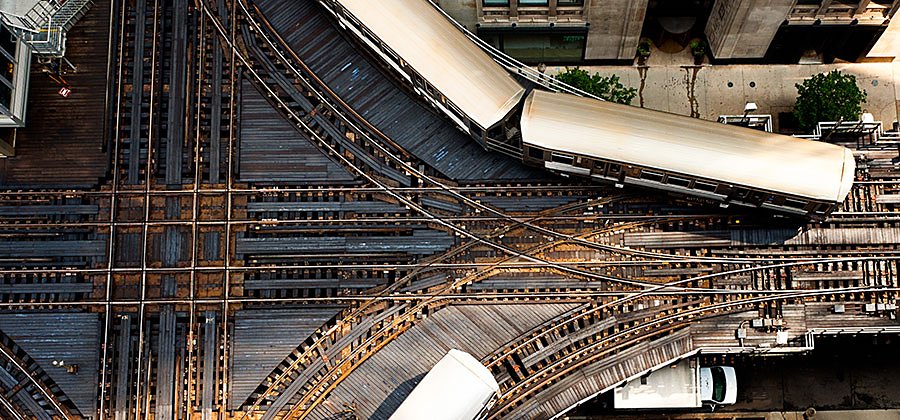Directs the eye horizontal vertical diagonal curvy zig-zag etc. Unity in design exists when all elements are in agreement.

Unity Artist Via Lushlight Photography Blackandwhite Picture Taken Of A Group Of People Whose S Photography Elements Unity Photography Symmetry Photography
It creates a sense of completeness and completion.
. Understanding design principles can aid visual communication between the artist and the viewer. The Unity occurs when all of the elements of a piece combine to make a balanced harmonious complete whole. A photograph with perfect unity or harmony is one that is so well presented where no part of it feels out of place or unnecessary.
Elements with similar color texture shape etc will cause the viewer to group them together. These design principles not only apply to screen design but graphic design and physical products. Employing unity when creating a photo brings all the elements together to make a cohesive strong image that feels like they all fit together.
THE FORMAL ELEMENTS OF DESIGN. Through unity the elements of your image are not competing with each other for attention. POINT LINE SHAPE Plane SPACE PATTERN Texture VALUE Form Mass COLOR THE FORMAL PRINCIPLES OF DESIGN.
Unity and Variety are complimentary concepts. Ultimately unity is what gives a design the appearance of cohesiveness despite its internal components differing in scale contrast or style. Unity is another of those hard-to-describe art terms but when its present your eye and brain are pleased to see it.
Alignment leads your reader through your design. Find harmony in the world around you. A Beginners Handbook unity and variety are two of the most fundamental principles of design.
In other words every aspect of your design needs to align with something else. Together unity and variety create visually rich harmonious and dynamic statements. Unity is the principle of design that unifies all other principles within a piece of work allowing each individual element to coexist with one another to form an aesthetically pleasing design.
Practice unity photography principles by finding and highlighting synchronicities or subtle repetitions whether in a studio photoshoot or out in the world. The closer elements are to each other the more likely the viewer will see them as a group. The idea behind the principle of unity is to create an image where all elements support each other and all work together toward a common goal to express your intended message.
As we discuss in chapter 8 of Design. HARMONY Unity Variety BALANCE Symmetry Asymmetry Formal Informal PROPORTION Governs the Whole Part to Whole Scale or Size Dominance Subordination Gradation REPETITION RHYTHM MOVEMENT. THE PRINCIPLES OF DESIGN IN PHOTOGRAPHY.
Any element can be repeated line shape color texture or value. Flexible Online Learning at Your Own Pace. Has greater length than width.
A mark made by a moving point. The Unity Principle of Design is commonly known as one of the more complex principles and incorporates other more basic. Line ShapeForm Space Value Texture Color.
Unity as a design principle is not just for photography it applies to all aspects of. The basic building blocks. Definition of the terms.
Invest 2-3 Hours A Week Advance Your Career. If elements are similar they are perceived as related and thus grouped together. Principles of design applied to photography.
Making sure your graphics elements are aligned will create a sense of cohesion within your design. Repetition is one of the simplest and most effective ways to unify a design. The seven basic principles include the following.
This happens when the principle of unity is used to create a photograph. Unity is one of the key principles of design and other visual arts and working elements of unity into a photo composition can elevate it into a work of art. Appealing to the sense of touch In photography a sense of texture can help to make a photograph look more realistic or to enhance a 3- dimensional feel.
Unity is a principle of visual design in photography that involves the repetition of certain elements in an image to make it visually pleasing. Alignment aids in balance and proximity two essential principles of design unity. Principles of Design Unity.
Can be actual obvious lines or the. These principles have been around as long as artists have been translating the real world onto two-dimensional pieces of canvas. Now we will learn how they can be used together organized and arranged following the guidelines of the Principles of Design.
This can be translated through simplicity or bringing parts together to form a whole to create harmony. Principles of design are widely-accepted notions that all designs must consider to offer an overall optimal user experience. Understanding the Principles of Design.
To achieve this precious state of harmony the designer needs to make sure that every element really belongs to the composition with a specific place and role. The appearance of equal visual weight within a composition SymmetricalMirror-image composition similar on either side Asymmetricalstill looks balanced by objects are not centered in the frame Rule. On their own each can make strong and compelling compositions.
UNITY helps create a sense of completeness. Ad Build your Career in Data Science Web Development Marketing More. Unity is the sense of oneness achieved when all of the.
Repeating other features can also create unity such as using the same angle or size. If similar elements are REPEATED they will appear to related. Unity principle of design.
Principles Of Design Blake Mrs Cook S Art Class

7 Principles Of Design In Photography

31 Unity Ideas Unity Unity Photography Elements And Principles

What Is Unity In Photography Adobe

What Is Unity In Photography Know It Info

How To Use The 7 Principles Of Art And Design In Photography

What Is Unity In Photography Know It Info

Unity Samantha Panzera S Photography Work Principles Of Design Unity Photography Principles Of Art
0 comments
Post a Comment